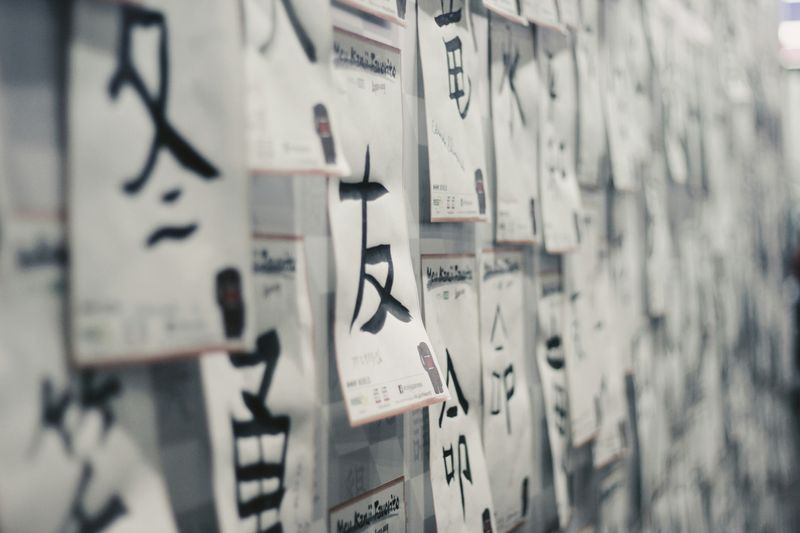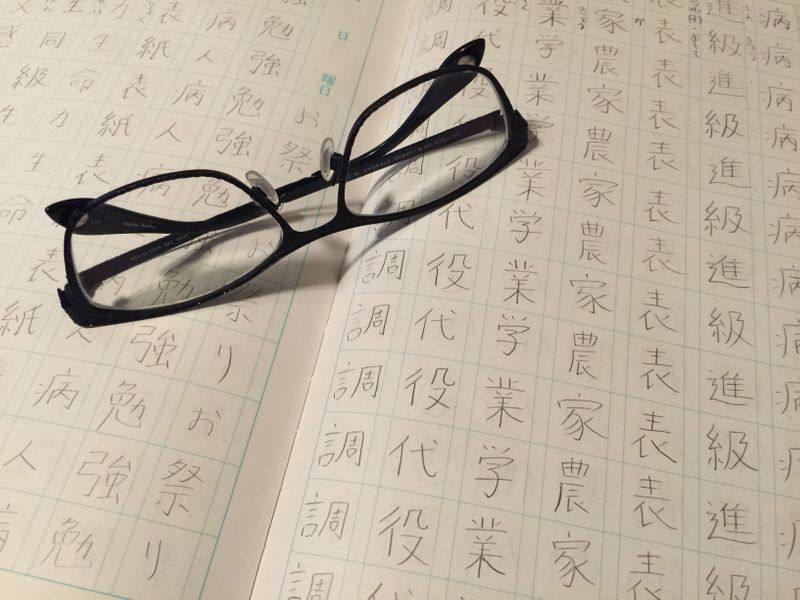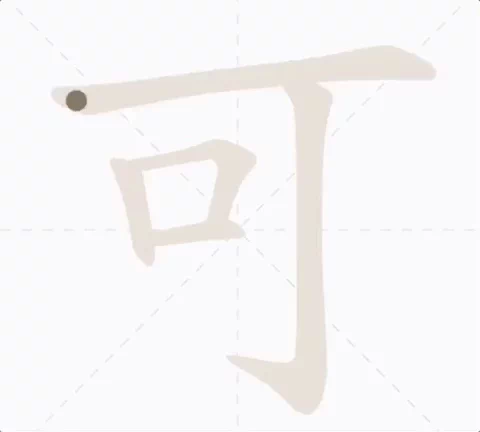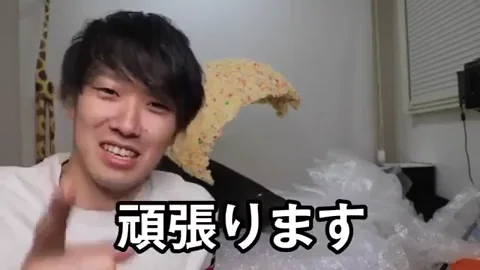Japan is easy to fall in love with, thanks to its stunning landscapes, rich culture, and incredible food.
It's no surprise then that people are eager to learn Japanese.
Learning a new language is never easy, but Japanese does provide some unique challenges.
One such challenge is that Japanese has three different writing systems: hiragana, katakana, and kanji.
Kanji is by far the most challenging to learn. Get a head start with these methods on how to learn kanji effectively.

What are Kanji?
In the 4th and 5th centuries, Japan had no formal writing system, so scholars adapted Chinese characters from scrolls, reinterpreting them for the Japanese language.
These characters became known as kanji.
 Photo by @felipepelaquim on Unsplash
Photo by @felipepelaquim on UnsplashUnlike English letters, which represent sounds. Kanji characters represent words.
Fast forward to today and there are approximately 50,000 kanji, though only around 2,000 are used in everyday life. Not only that, each kanji often has multiple ways of being read.
Why Should You Learn Kanji?
Kanji are an essential part of reading and understanding the Japanese language.
They help differentiate the meaning of words that sound the same but have different meanings.
You’ll see them on street signs, in menus, books, Internet articles, subtitles, government forms, and more. They can be found basically everywhere.
If you are serious about learning Japanese to a level where you can communicate effectively, learning kanji is crucial.
 Photo by Roméo A. on Unsplash
Photo by Roméo A. on UnsplashHow do I Learn Kanji?
Great question! Many of us have only had to learn the 26 letters of the English alphabet, so how then are you supposed to memorize almost two thousand times the number of characters?
The good news:
You don't have to learn all the kanji.
There are many different ways to learn kanji.
 Picture by Sarah Yasuda, licensed using Attribution (CC BY 2.0)
Picture by Sarah Yasuda, licensed using Attribution (CC BY 2.0)
What works for you will depend on how you learn and how much time you have. Regardless of what approach you take, learning kanji will take a long time (potentially years).
The challenge is part of the fun!

How to Learn Kanji: Method 1 — Remember the Kanji
Author James Heisig developed this strategy. His method on how to learn kanji involves:
Learning the individual components that make up kanji bit-by-bit.
Learning the meanings of the kanji by their English translation first.
Developing stories and mnemonics devices to learn the kanji.
After you've learned a set amount of kanji with their English translations, you then begin learning their meanings in Japanese.
This method is considered quite time-consuming, but some learners have found success with it over the years.

An alternative but similar method is The Kodansha Kanji Learner's Course.
How to Learn Kanji: Method 2 — Flashcards
A common tool for learning kanji is digital flash cards. The front of the card will show you the kanji character without its meaning. You can then view the back of the card to reveal the kanji’s meaning.
If you understood the kanji’s meaning correctly without having to read it, send the card to the back of the deck. You can look at it at a different time. If you get the card’s meaning wrong, you can revisit it sooner.
This is called spaced repetition and it's an effective memorization strategy.
You can find flashcard decks for free software like Anki or subscribe to a paid service like Migaku or Wanikani.

How to Learn Kanji: Method 3 — Workbooks & Textbooks
Native speakers learn kanji through their teachers modelling it on a whiteboard and then writing it down repeatedly in workbooks. This is a form of rote memorization, and Japanese students do it all throughout their schooling
Some college and high school courses outside of Japan may also encourage this method through the use of textbooks.
Keep in mind that Japanese students have a significant advantage with this approach: they already know the meanings of thousands of Japanese words, having grown up since birth in Japan. They’re not learning both kanji and vocabulary at the same time as you are.

General Tips
Learning kanji in isolation will take more time than you have to give. Learn kanji in context, through reading the Kanji in full sentences. This way, you'll increase your vocabulary, grammar, and kanji knowledge at the same time.
Handwrite the kanji, on paper or even in the air with your finger. This will help you identify the stroke order of the kanji and remember the different components that make up the character.
Be flexible! Test out the different methods and mix and match what works for you.
 Photo by theLine on Unsplash
Photo by theLine on Unsplash 
Cassie is in the second semester of her college Japanese beginner class. She has learned hiragana and hatakana and wants to move on to kanji. What would be a good approach?
A. Go through a Japanese dictionary and try to learn each kanji one by one.
B. Find the kanji used for words in the course content and make flash cards.
C. Find the kanji used for words in the course content, make flashcards, and practice writing them.
D. Ignore kanji. She knows hiragana and katakana already, and she can use Google Translate for everything else.
Quiz
Choose the best approach for Cassie to learn kanji:
Take Action
There is no hard and fast way to learn kanji — it's about what works best for you. One thing people agree on is that input and exposure to the language are important. Read as much as you can and be consistent with your learning.
The kanji in the GIF below means "do one's best" — a good attitude to have on your kanji journey!

Discover how to learn kanji with these resources:
Your feedback matters to us.
This Byte helped me better understand the topic.
